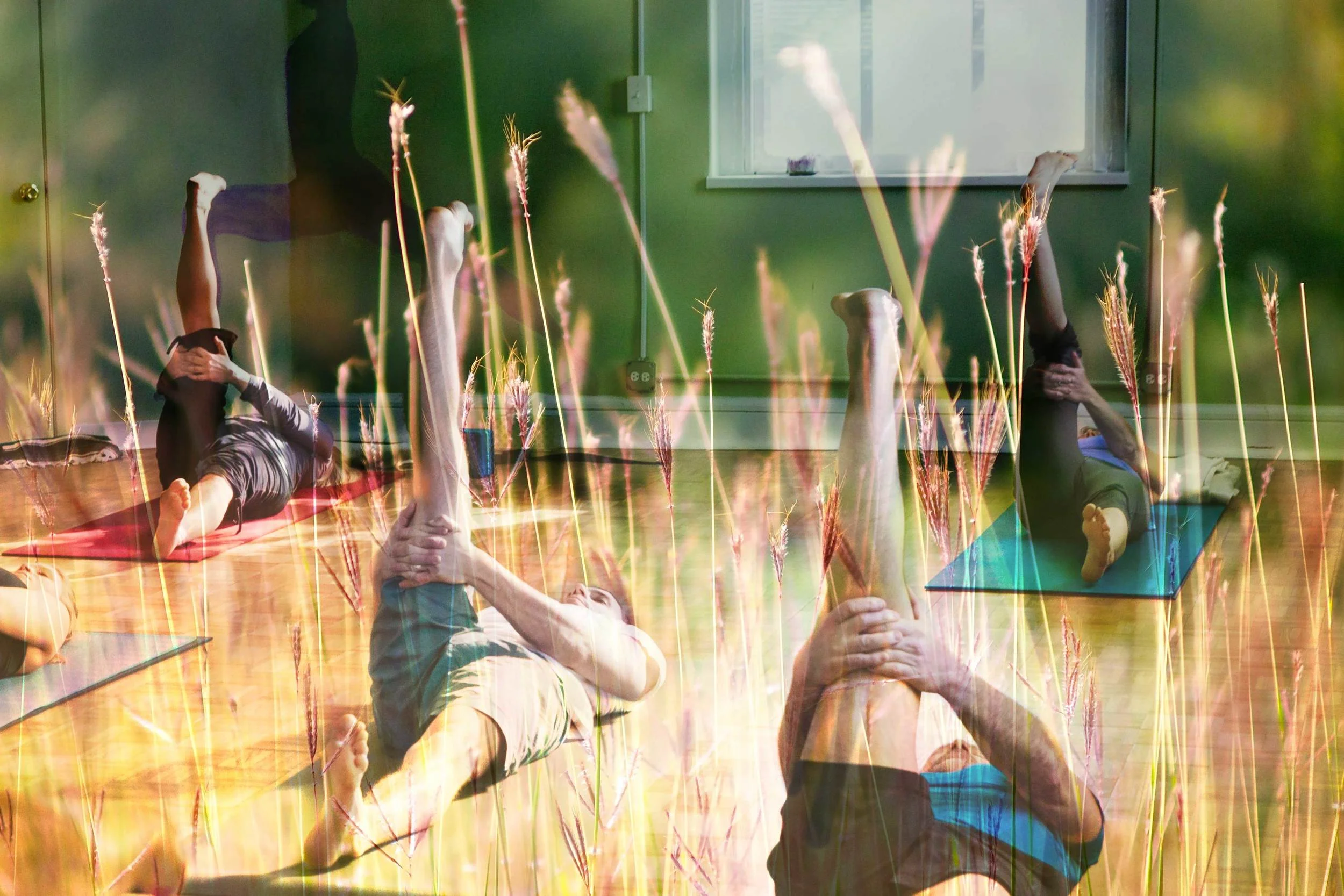New Chair Yoga Class Begins Wednesday, June 4 at Yoga Among Friends
At Yoga Among Friends, we believe yoga is for every body—and we’re thrilled to introduce a new class that brings that belief to life. Starting Wednesday, June 4, our community welcomes Lynette Pitrak Bromiel, a passionate and grounded 200-Hour Certified Yoga Teacher, who will be leading Chair Yoga, a gentle, supportive practice designed for all levels and abilities.
For Lynette, yoga has been a steady thread woven through her life since high school. While she was initially drawn in by the physical benefits, it didn’t take long for the practice to evolve into something deeper. “A consistent practice has given me tools to help combat stress and anxiety, to keep working towards being more patient and accepting, and to deepen my mind/body connection,” she shares.
Her love of Chair Yoga comes from its powerful accessibility. “Chair Yoga makes yoga available to so many people who might not otherwise feel comfortable stepping into a class,” Lynette explains. “It’s a wonderful way to gently build strength, improve flexibility, and experience the breath-body connection—without ever having to get down on the mat.”
What to Expect in Lynette’s Chair Yoga Class
Whether you’re brand new to yoga or a seasoned practitioner looking for a supportive practice, Lynette’s class is designed for everyone. “We’ll work through modifications of traditional poses like forward folds and backbends in ways that are completely supported but still offer all the benefits,” she says. You’ll also experience stretching, gentle strength-building, breathwork, and balance—all while using the chair as a steady foundation.
And if you’re wondering whether Chair Yoga is “enough” of a workout, Lynette has a clear answer: “Your body is still doing the work. With repeated movements and focused engagement, you’ll definitely feel it. Plus, it’s an incredible introduction to linking breath and movement, especially for beginners.”
Rooted in Tradition, Designed for Daily Life
While Chair Yoga might seem like a modern invention for desk dwellers, Lynette reminds us that its roots run deep. “B.K.S. Iyengar used the chair as a prop to make poses more accessible,” she explains. “This style of practice is all about meeting people where they are.”
And that’s what Lynette loves most—when students tell her they’ve started using what they learn in class at home or at work to manage stress and feel more grounded. “It’s really inspiring to know that even a few simple poses or breathing techniques can make someone’s day a little easier.”
Why You'll Love Chair Yoga with Lynette
Lynette brings warmth, joy, and a sense of calm to her teaching. Guided by two of her most influential teachers, J. Michael Taylor and Laura Jane Mellencamp, she’s learned to balance effort with ease—and to always keep a smile. “Mike would often make his students laugh just to remind us not to grip or push too hard. Yoga should challenge you, but also feel really good and uplifting.”
In class, her favorite poses to teach are the Warrior variations. “They allow students to feel strong, stable, and aligned—without the fear of losing balance,” she says.
Her hope? That students leave feeling empowered. “I want people to walk out thinking, ‘Wow, I was able to practice yoga,’ especially if they once thought it wasn’t for them. And for more experienced yogis, I hope they’ve gained tools they can take with them throughout the day.”
Curious but Hesitant? You’re Not Alone
If you’ve never tried Chair Yoga before, Lynette has this to say:
“We’ve all been beginners at some point. Just trying it out could be the first step to really falling in love with yoga.”
So take that first step—slow down, connect with your breath, and discover how good it feels to move in a way that supports you.
Join Lynette for Chair Yoga starting Wednesday, June 4 at 9:30 AM.
Come as you are. Leave feeling grounded, uplifted, and connected.






